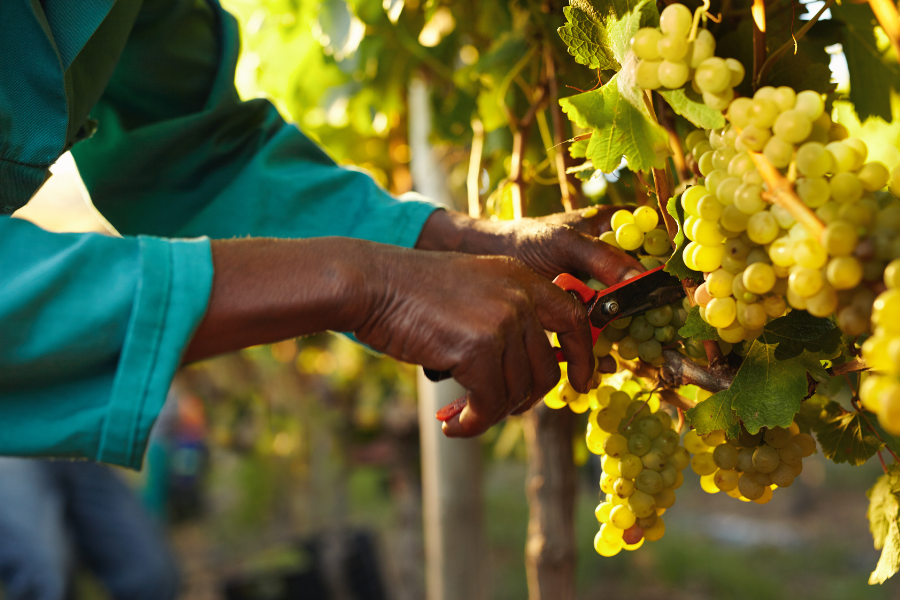As we begin to enjoy the vibrant colors of fall and all the wonderful seasonal joys that come with the crisp air and leaves, the natural world offers more than just scenic beauty — it also provides valuable financial lessons for those who know where to look. The concept of harvesting, deeply rooted in nature, mirrors many principles we can apply to our financial lives. Here is how to maximize your fall harvest, both in the garden and your wallet.
The first step to any successful harvest is planning ahead for success. In farming, a bountiful harvest does not happen by accident. Farmers carefully select seeds, prepare the soil, and anticipate growing seasons. Similarly, financial success is a result of careful planning. Whether it is saving for retirement, budgeting for expenses, or investing, the foundation of long-term wealth is set by thoughtful preparation. Just like planting at the right time, financial planning should be forward- thinking and consistent. As we explored in our recent Fall Financial Refresh article, this season is the perfect time to reflect and plan for the 'harvest' of the coming fiscal year.
As with farming, finances are not something that is one and done. You need to nurture them to see sustained growth. During the growing season, farmers monitor their crops, provide water, nutrients, and protection from pests. In the same way, nurturing your investments is critical. Regularly review your portfolio, adjust your strategies as needed, and ensure your financial resources are working efficiently. Ignore your investments, and you risk losing out on their full potential — just like neglected crops. If you find that you need a helping hand, helping you gain the tools and insight you need to nurture your financial growth is what we do best here at Upbeat Financial, so in addition to our blog resources, our team is here to support you in your personal or business financial growth.
Many farmers know that putting all their eggs in one basket can be a recipe for loss. Nature teaches us that a diverse garden is more resilient. Relying on one crop puts a farmer at risk of total loss from disease or bad weather. Financially, diversification also reduces risk by spreading your investments across various sectors, assets, or regions. Just as a farmer plants a variety of crops to ensure a steady harvest, you should diversify to protect against market volatility and economic downturns. Risk is never fully avoidable in investments or in farming, but with the correct strategies you can protect yourself and your money as much as possible.
When we look at nature, we understand that there are certain seasons that align with certain actions. Just as nature works in cycles, so does the economy. There are periods of growth, stability, and decline. Embrace these cycles and understand that downturns are natural and temporary. The key is to be prepared and not panic when the financial "winter" comes. Build an emergency fund, keep your expenses in check, and trust the process as you weather financial storms.
Finally, knowing when to harvest is essential in farming. Picking too early or too late can ruin an entire crop. The same applies to your financial decisions. Timing is key when selling stocks, withdrawing from retirement funds, or making large purchases. With the correct tools and education, and with the help of professional guidance, you can feel confident in your financial decision-making.
As we can see, nature offers simple, yet profound lessons that, when applied, can lead to both a bountiful garden and a flourishing financial future. Embrace the seasons, diversify, and be patient, and the fruits of your labor will follow. Learn more about how to tend to your financial crop by checking the resources available on our blog and social media pages, and consider further investing in your financial future by consulting with our knowledgeable team today!






